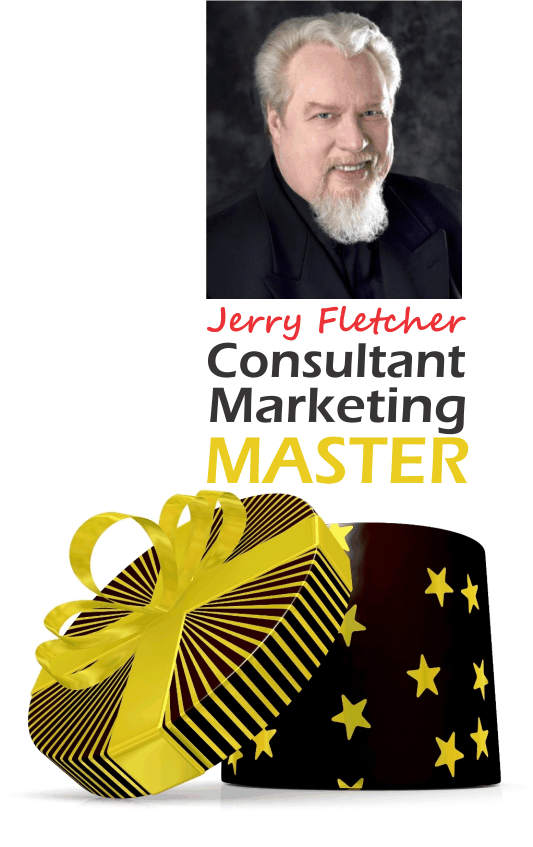
Normally I don’t do this.
My Blog here today and the one I posted internationally are essentially the same.
Last week, I headed this post with a familiar symbol with some unfamiliar words that a friend had shared with me at a conference we were attending.
A choice
It reminded me that all things are both good and bad and that we have the choice to opt for one or either or both.
Consultants must contend with that decision daily. We often step onto the tightrope with little or no pre-knowledge of the way the path lies this time.
‘Midst the Graffiti
Add to that our continual search for what is really going on, what works and finding measures of real outcomes. What we find ourselves engaged in is sorting the underlying message from the graffiti and then incorporating the current cultural changes that impact resolutions.
Sometimes it ain’t pretty.
Sometimes clarity is concerning for everyone involved.
Sometimes the choices are confusing.
A Compass
I realized that in the multi-layered world we live in a consultant’s consultant (like me) could get lost. When you need to find your way you need to know which way is up. You need to get to an ethical approach. You need to know North from sideways and you can’t depend on a Google search to give you the answers you need.
Thing is, you’re in the middle between your client your self-respect. You need to simplify how you get your bearings. But you can never forget you are in the middle. It’s a Yin & Yang thing. What seems to be opposites are really part of the same force each, in turn, giving rise to the other. Any moral compass must acknowledge that connected duality.
A Balance
Could it all come down to the words interposed on the symbol my friend passed along?
Could it be as simple as: “Do no harm, Take no shit”
Or is there a better way to say it?
Or is there more to be said?
What other directives should be placed opposite a central “but?”
A credo—the first half
I started with those words and considered how well they worked based on successful engagements from the past.
They didn’t.
Do no harm didn’t fit. My recommendations have been the reason some folks lost their jobs. My clients are always told I work for the organization, not them personally. When the strategy changes, managers and staff either shift or leave.
When a manager is not right for the job, I say so. In some cases I’ve helped them find a position more suited to their skills. And in others I’ve coached them to a new level.
Change occurs when you solve problems.
Change is the only way to avoid lunacy.
Change is inevitable but it can be merciful.
Perhaps the first part of the Credo should be something like “Advise caringly.”
The other side
“Take no shit” is strong language. When you are on the cusp of client service versus self-respect however it is merely straightforward.
I’ve had clients try to hold me hostage with their billings. My response, which I learned in the Advertising Agency business as an Executive and later as a CEO has always been the same. “You hired us for our expertise. We’ve given you our best counsel. How much you might pay us in the future is worthless if you don’t implement our advice.” That same statement has been used on accounts from a few thousand dollars to over $10 Million.
That side of the equation has tough but clear words. I’ll stick with them.
Working Credo
The Credo that works for me based on looking back over 25 years of being the marketing consultant for consultants, entrepreneurs and independent professionals is this:
Advise with care. Take no shit.

And so it goes

Jerry Fletcher is a sought-after International Speaker, a beBee ambassador, founder and CEO of Z-axis Marketing, Inc.
His consulting practice, founded in 1990, is known for on and off-line Trust-based Consultant Marketing and Brand development advice that builds businesses, careers and lives of joy.
Consulting:
www.JerryFletcher.com
Speaking: www.NetworkingNinja.com





